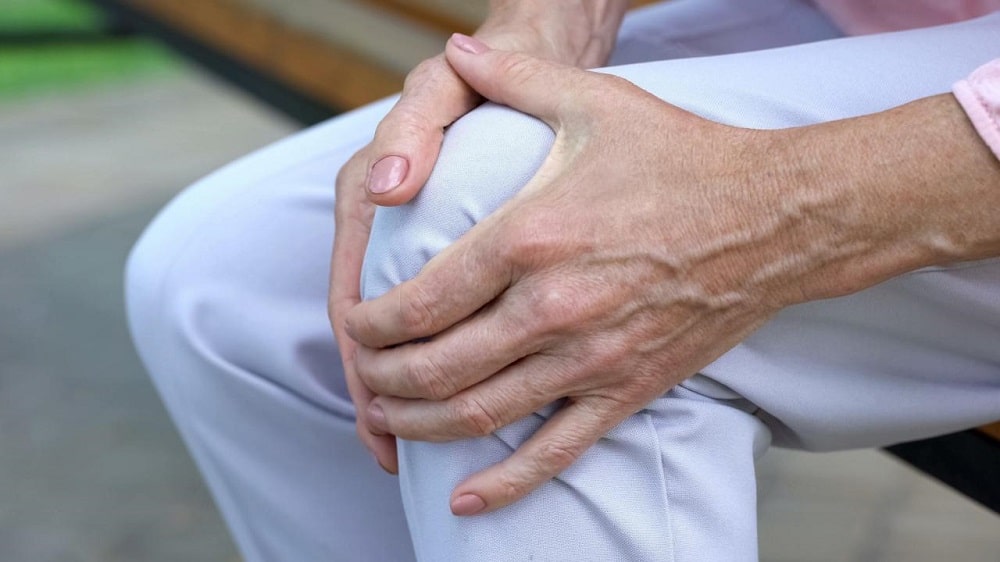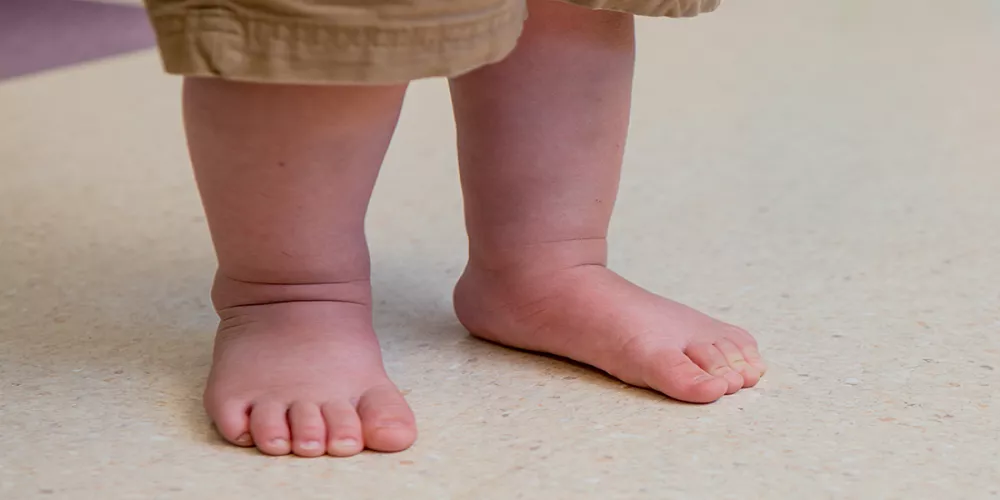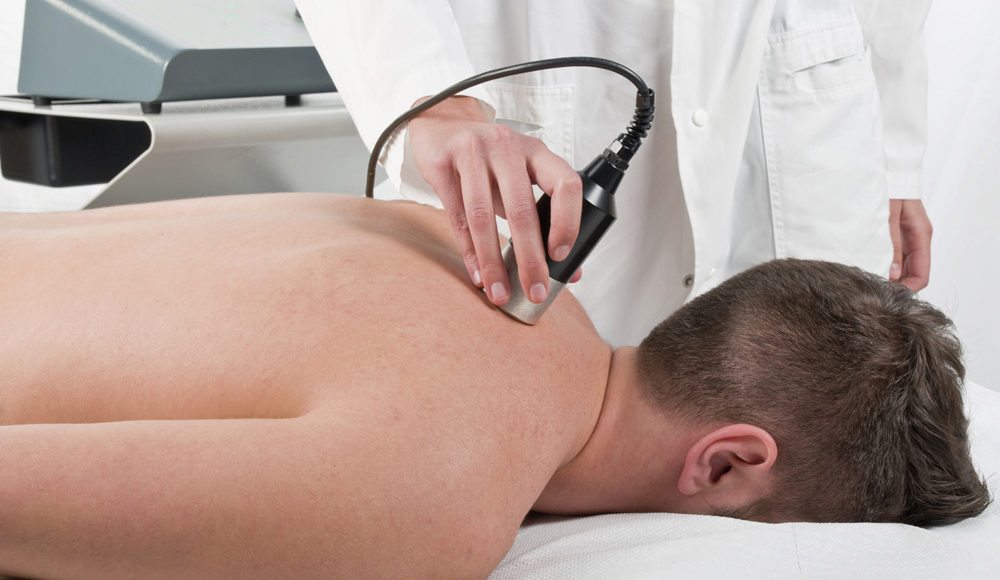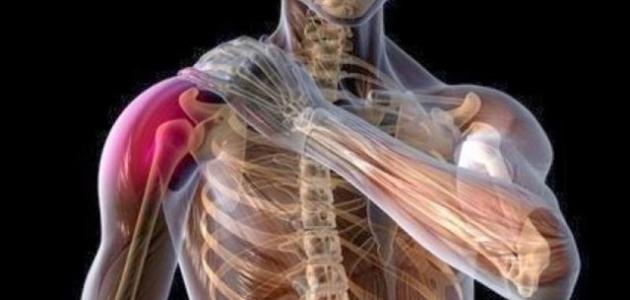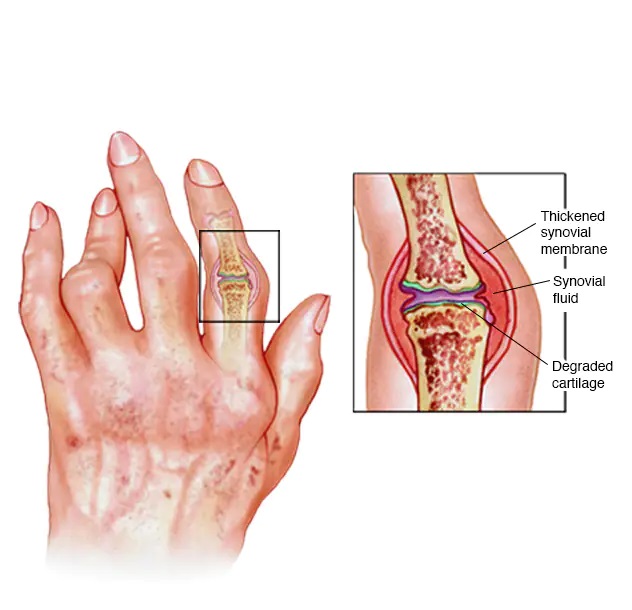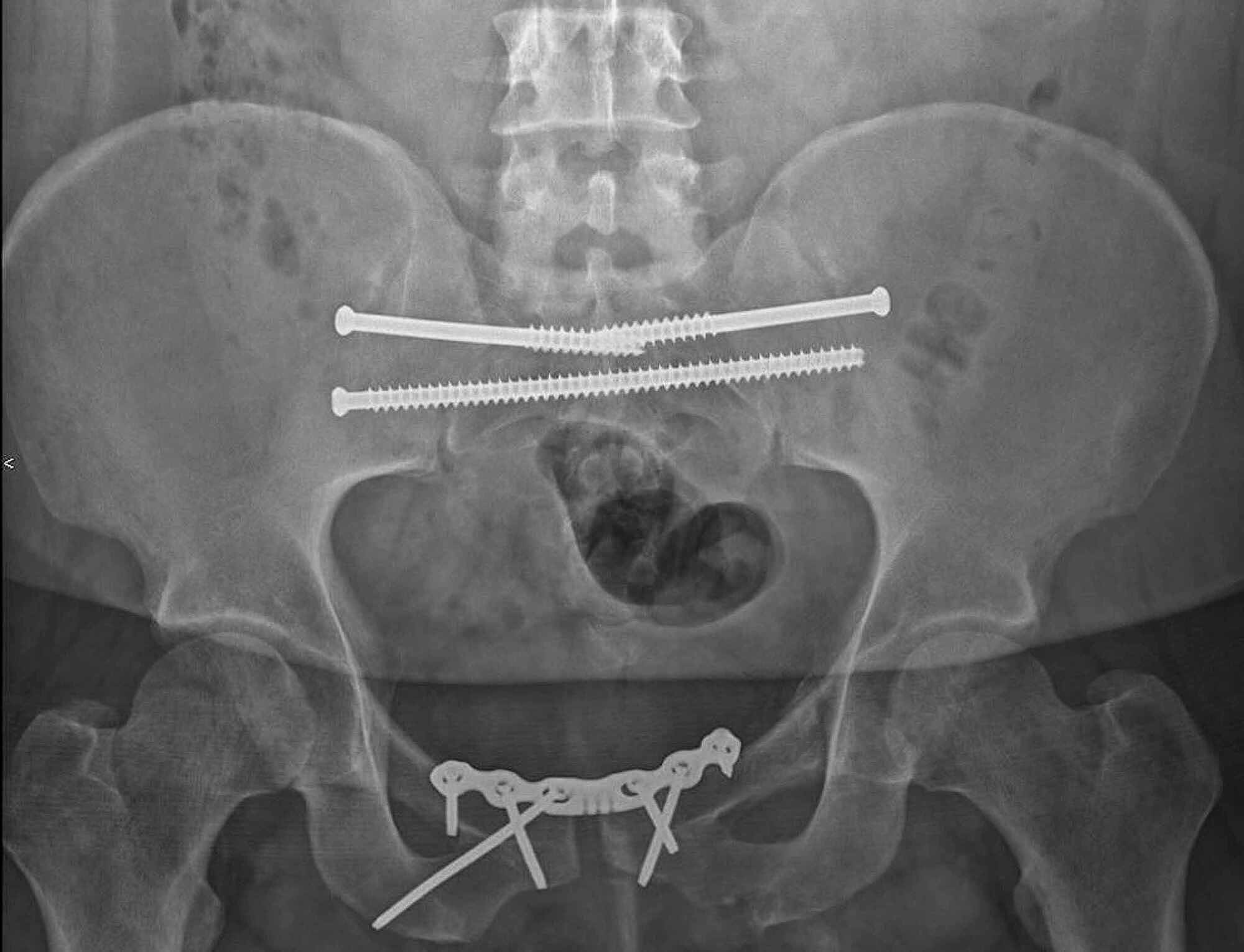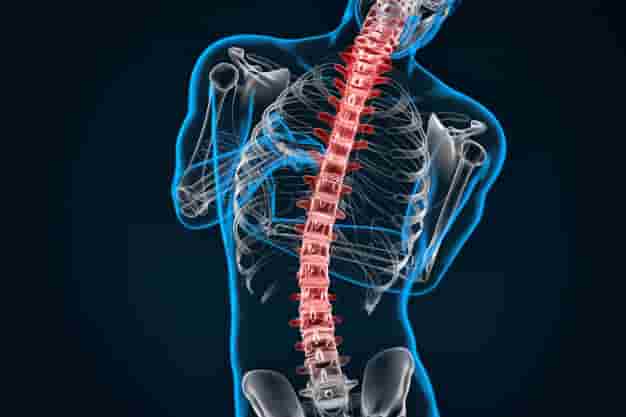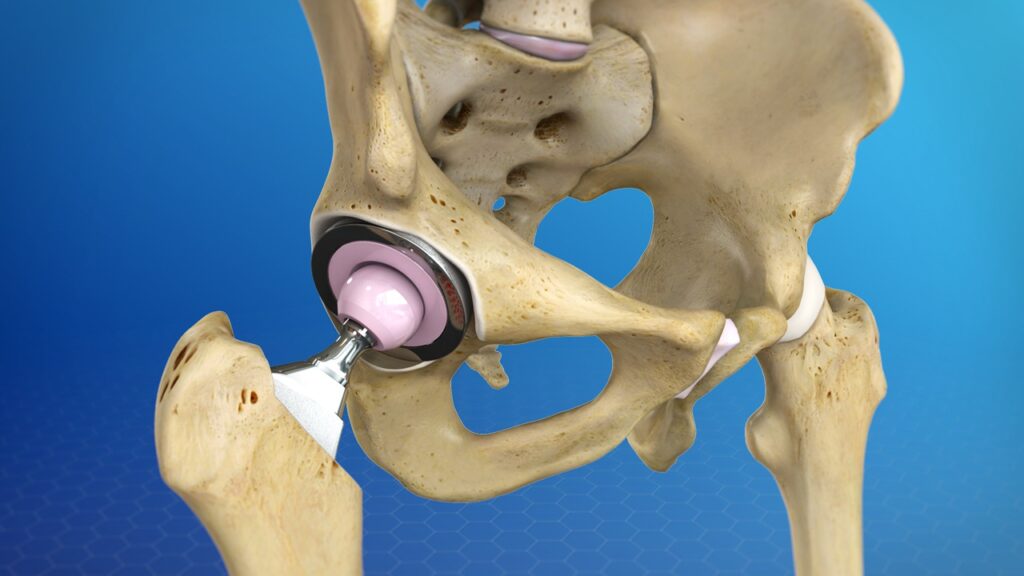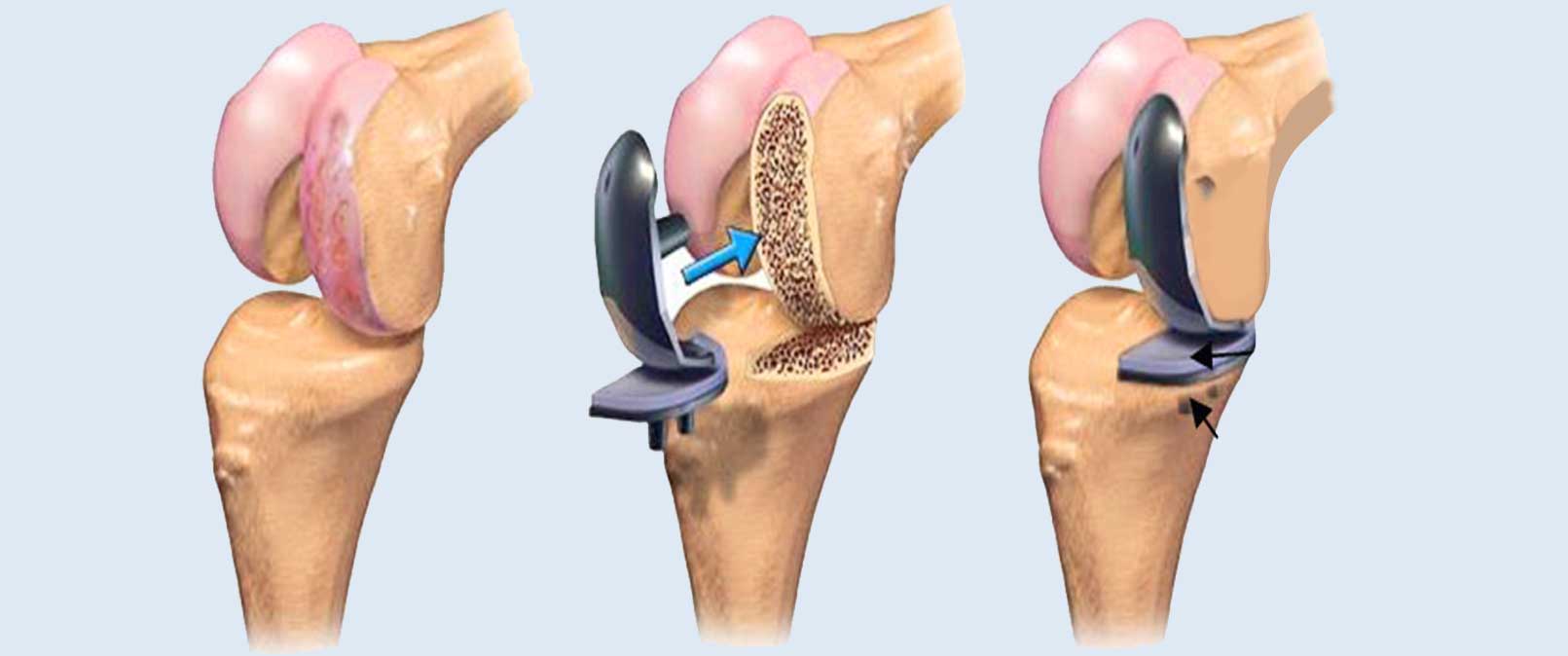Is cruciate ligament surgery dangerous?
Many people panic as soon as they suffer a cruciate ligament injury that may require surgery, but the matter has become very simple nowadays and there is no longer any reason to worry at all, follow the following article with us to know more about this topic.
Is cruciate ligament surgery dangerous?
At present, and due to the many technological developments, the cruciate ligament operation is no longer as dangerous as before, as it has become possible to perform it easily through the use of binoculars, and this made the risk ratio very low, but despite this, the cruciate ligament operation is classified as surgery and may cause In many risks for the individual, for example:
- Exposure to infection: This is what makes doctors prescribe some antibiotics immediately after the operation to prevent this from happening.
- Blood clots: This can be avoided by adhering to the anti-clotting medications prescribed by the doctor after the operation.
- Knee pain: This pain is dealt with by taking painkillers recommended by the doctor and avoiding taking other medications without consulting him.
Symptoms of cruciate ligament rupture
- A popping sound is coming from the knee area.
- Feeling severe pain that greatly affects the movement of the individual and prevents him from continuing his activities normally.
- Swelling of the knee area a few hours after the injury.
- Loss of ability to control joint movement.
- Inability to balance or load on the knee area.
Causes of cruciate ligament rupture
Individuals tend to rupture the cruciate ligament when they engage in sports activities that require sudden standing, jumping, or overloading on the knee area, and the reasons are as follows:
- Sudden slowing down or changing direction while running quickly.
- Place your feet on the ground and turn around.
- A jump followed by a hard fall.
- Sudden stop.
- Collision or receiving a direct blow to the knee area.
Walking after cruciate ligament surgery
Doctors recommend that those who undergo cruciate ligament surgery walk after a day or two of the operation, provided that their movements are very careful and precise to avoid any risks that may affect them, and this matter is very important to begin to strengthen the muscles and increase their flexibility, but it must be Walking for only a few minutes, no more, with the help of a crutch, or leaning on someone to avoid pressure on the knee.
The patient becomes able to walk after two to four weeks without the need for support, whether from the crutch or from people around him, and after 10 to 12 weeks the patient can move in a faster and more light manner with running lightly and doing some exercises, and it is considered that he has fully recovered after 6 to 12 months with a commitment to physical therapy and rehabilitation program.
Knee swelling after cruciate ligament surgery
The occurrence of swelling in an area in the knee area after performing the cruciate ligament operation is very normal immediately after the operation as long as it is not accompanied by a rise in temperature or a rise in white blood cells, which may be accompanied by a high inflammatory factor (CRP) in the blood, as this may be an indication of the occurrence of Microbial inflammation of the wound, and in the absence of a pus gathering, it is sufficient to take antibiotics, but if there is a pus gathering, then this may require an operation to clean it.
Reasons for the failure of the cruciate ligament surgery
- Putting the new cruciate ligament in a place that is not suitable for it at all makes it unable to function well, in addition to this leading to its instability or the stability of the knee bones in place.
- Not being careful in choosing the appropriate time to walk after the operation, according to the individual’s condition, and being in a hurry to do so may lead to a setback, sprain, or a new tear in the ligament.
- Resorting to a doctor who does not have sufficient experience in this field may make him unsuccessful during the grafting process and fail to choose the appropriate graft.
- Infection of the ligament immediately after the operation, which causes his inability to perform the appropriate role for him.
Knee flexion after cruciate ligament surgery
Two months after the operation, the individual begins physical therapy sessions and a rehabilitation program in order to do some exercises in order to strengthen the muscles and increase their flexibility, while making sure that this is under medical supervision to prevent any error from occurring, after a period of time has passed when the individual is able to do these exercises on his own, he can start moving at an angle of no more than sixty degrees.
His ability to move varies according to the severity of the injury he may have been subjected to and the type of operation he performed, as in some cases movement may be available to the individual by ninety degrees, and after some time he may begin to gradually increase the distance until he can fully bend the knee over time.
What are the effects of cutting the cruciate ligament?
Many damages may befall the individual as a result of a cut in the cruciate ligament, for example:
Damage to the anterior cruciate ligament
- Osteoarthritis in the knee area.
- Arthritis and surgery may often be required to re-establish the ligaments.
Damage to the posterior cruciate ligament
- Problems with some other knee components such as cartilage and some other ligaments.
- Severe pain afflicts the individual and a state of discomfort, depending on the actual damage.
- The affected knee is prone to arthritis.
Damage to the anterior and posterior cruciate ligaments
- Swelling occurs in the affected area during the first hours as a result of the accumulation of fluid in the knee.
- Feeling severe pain in the knee area that affects the individual’s performance of his activities normally.
- The injured person is not able to move his knee freely or bend it and his range becomes very narrow.
- The knee becomes too flexible, making it difficult to control while walking.
- Swelling of the injury area accompanied by a high temperature.
- A popping sound is coming from the knee.
Cruciate ligament tear treatment duration
The duration of cruciate ligament cutting treatment varies according to the severity of the injury and whether or not it requires surgical intervention. In most cases, after six to eight weeks of injury, the individual can move very carefully to do his normal daily affairs only. As for people who practice sports or professions that require high physical effort need three to six months to be able to return to work again.

